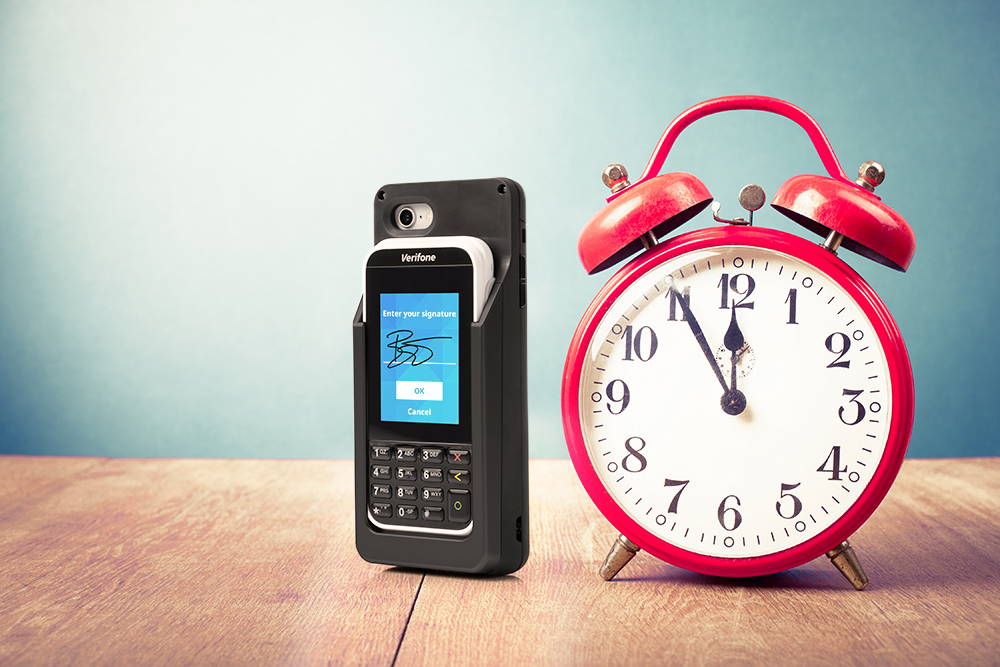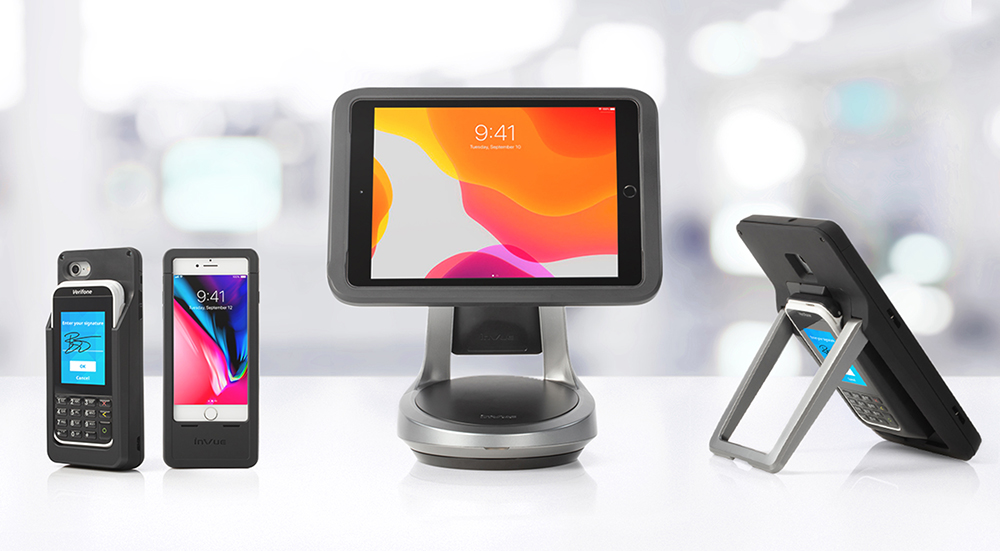mPOS and the magic five minutes

Five minutes – it’s the magic amount of time that it takes to make a coffee, answer an email, clear your inbox or, according to a recent German report, lose a customer.
Their research found 78 per cent of shoppers will wait just five minutes in a retail store before they become disgruntled and consider walking out.
That’s not a whole lot of time, but it has a whole lot of significance. Here’s an insight into the magic five minutes of retail and how mPOS can assist.
Time spent in the queue
While five minutes might be the magic number for the majority of consumers when it comes to time spent waiting or in a queue, the fact is in some cases it can be even less.
The German research found an additional 15 per cent of shoppers became disgruntled after one minute, while only five per cent would wait for more than 10.
That means for over three-quarters of all people in your store, you have less than five minutes to meet, greet, serve them or assist them with their needs.
The cost of the queue

In 2019, payment provider Adyen found long waits and queues cost the Australian retail sector an estimated $13 billion in revenue.
They noted two out of three shoppers opted to leave a store and abandon their purchase(s) due to a long line, resulting in $13 billion in initially abandoned sales annually.
“Gen Y (aged 24-38) consumers are the most likely to not make purchases at all when confronted with significant wait times (68 per cent),” they reflected.
While the upfront cost is estimated at $13 billion, the real cost is potentially higher, affecting the perception of the brand, customer satisfaction, and future loyalty.
As the ABC reported in 2018, people in queues behave in ways that create direct and indirect costs for businesses.
“Sometimes customers will baulk and simply refuse to join the queue. Or they join the queue but renege, leaving because wait times are too long.
“This behaviour leads to measurable costs. These costs are both direct, like abandoned carts, and indirect, like perceptions of poor service quality, increased dissatisfaction and low levels of customer loyalty.”
On the flipside, Adyen explained nearly all shoppers (93 per cent) report feeling somewhat or very satisfied with their in-store experience when there are short or non-existent lines.
“Grocery, general retail and fast fashion rank as the top verticals where shorter queues would increase shopper loyalty,” they stated.
mPOS and the queue

Mobile Point of Sale is considered one of the most effective ways to help reduce the time customer spend waiting in the queue.
Cost-effective, scalable and mobile, it allows retailers to take the register to the consumer and process transactions swiftly. Due to the streamlined hardware and Cloud-based software involved, mPOS also enables stores to establish additional registers quickly, whether they are fixed or fully mobile with payment processing incorporated.
“When looking through the consumer lens, we see that 26 per cent would be more willing to shop in- store if they could pay automatically upon exiting as a replacement to a traditional queue, while 41 per cent say that no queuing at all to ensure quick purchases would encourage them to shop with one retailer over another,” Adyen notes.
“This demonstrates that retailers that prioritise efficiency and implement queue-busting technologies – e.g., mobile point of sale (mPOS, self-checkout) will reap the biggest rewards in terms of increased foot traffic, sales and consumer loyalty.
“The majority of retailers, however, are proving slow to react. The implementation of technologies to combat queuing remains in the early stages, with only 23 per cent currently offering customers mPOS checkout to avoid queues, and 16 per cent having deployed a kiosk/self-checkout experience.”
You can learn more about our mPOS solutions here.